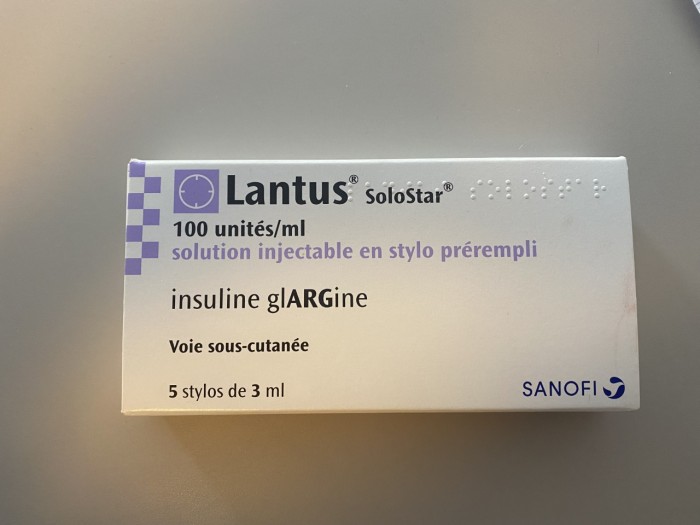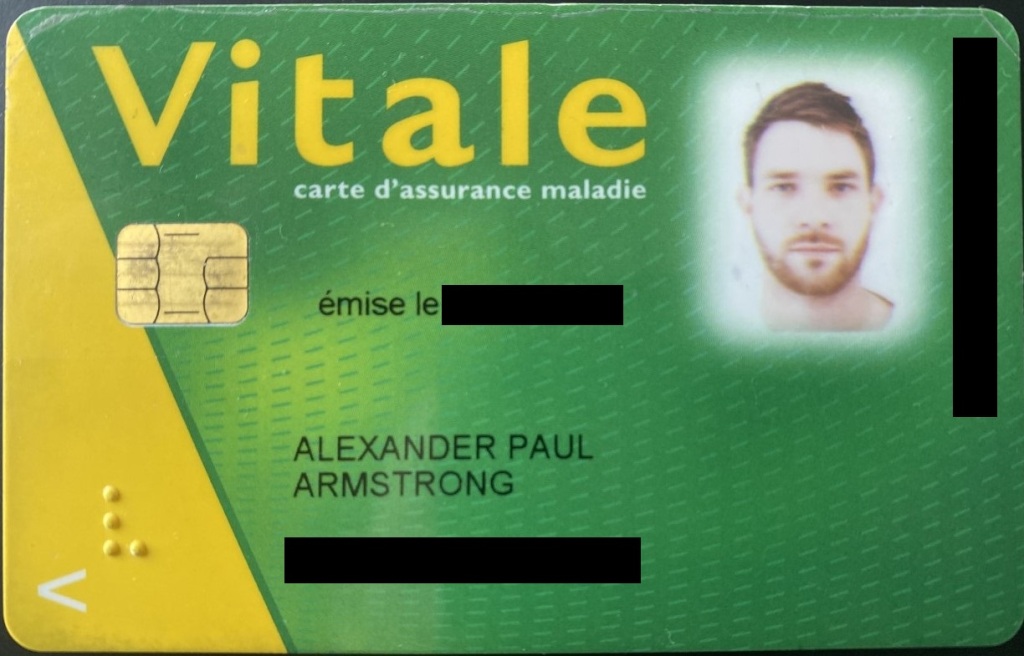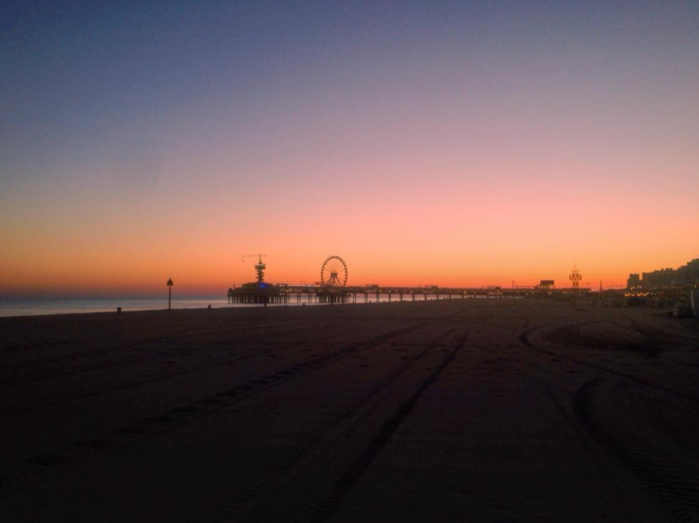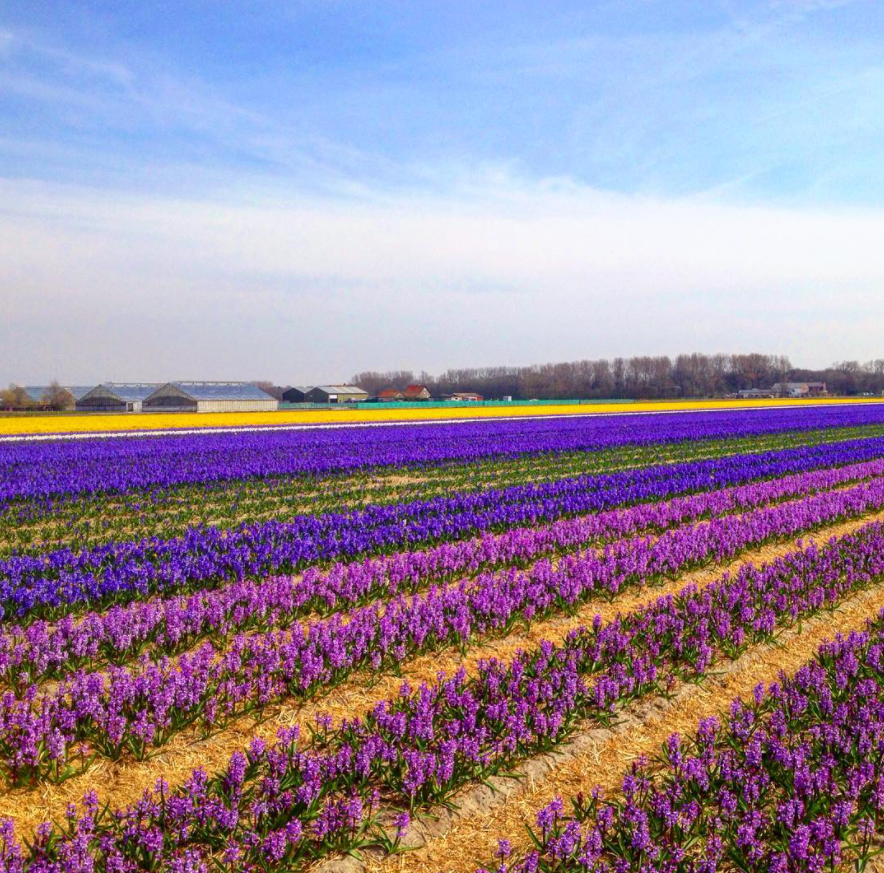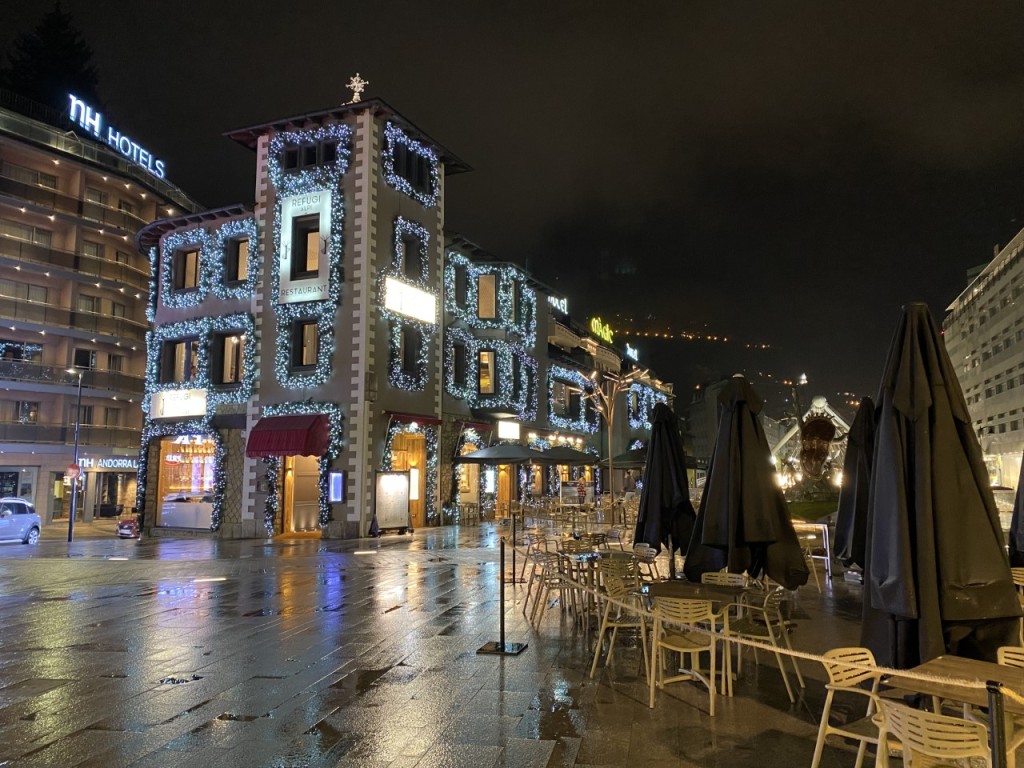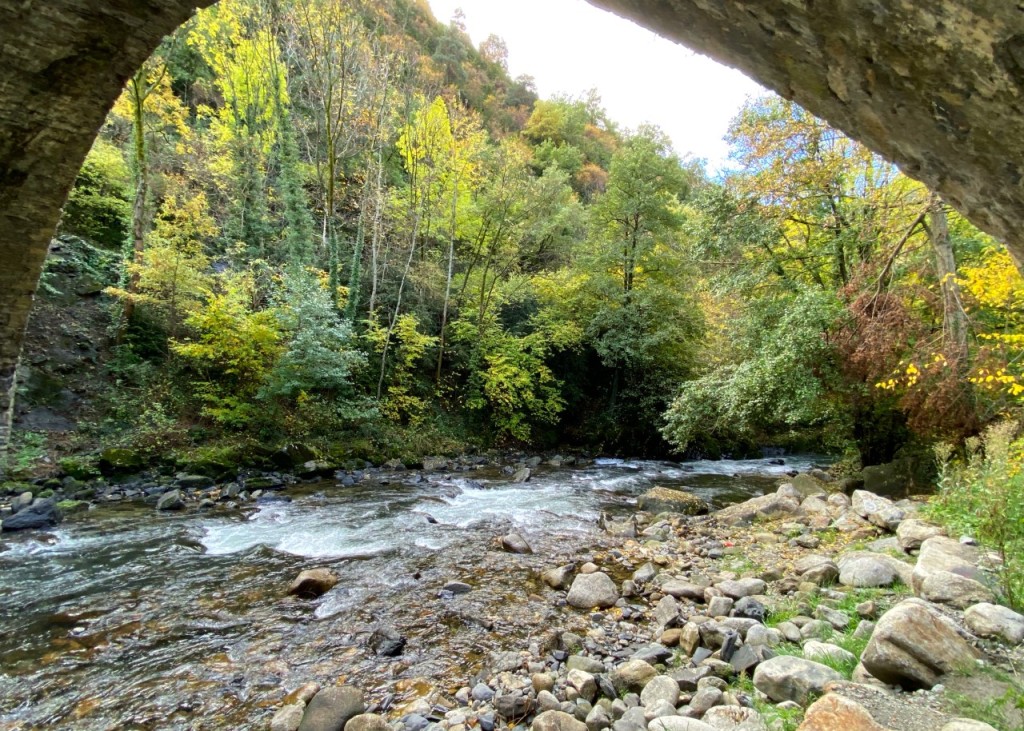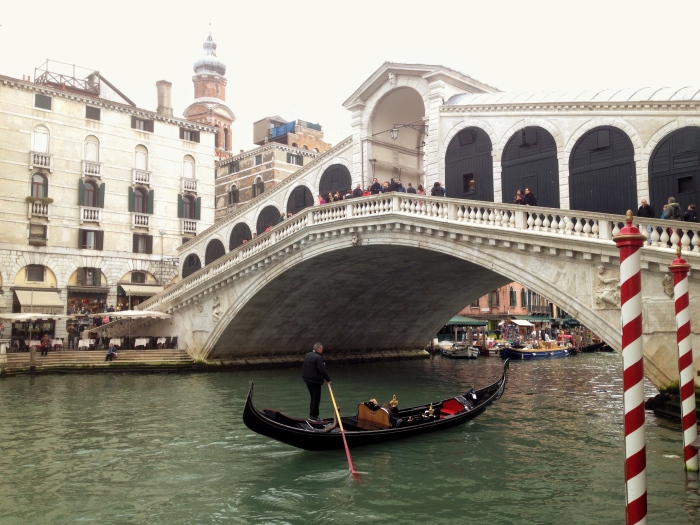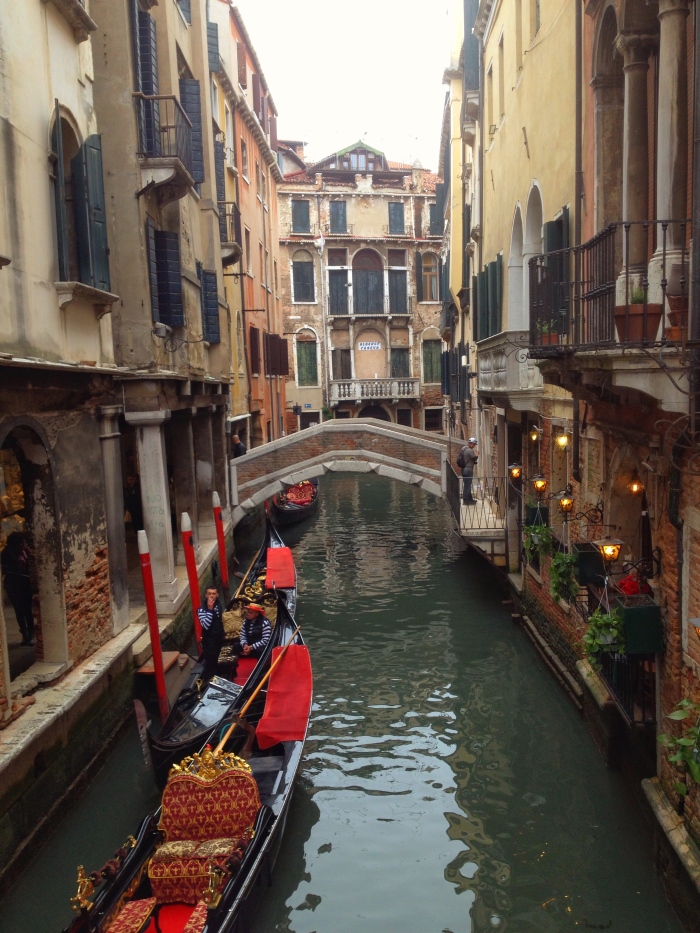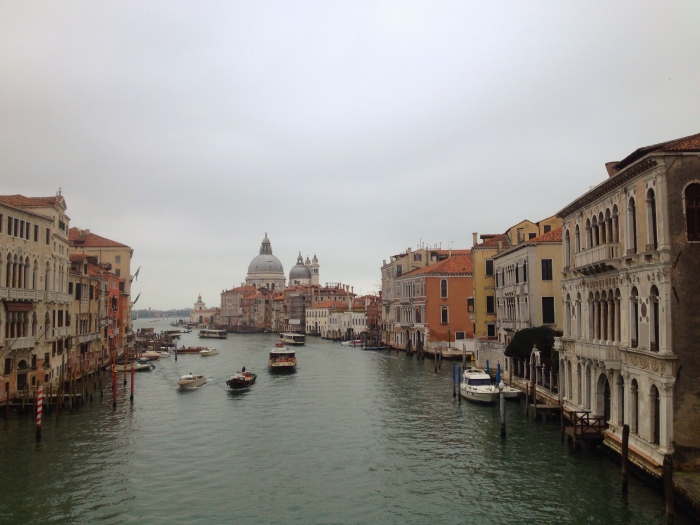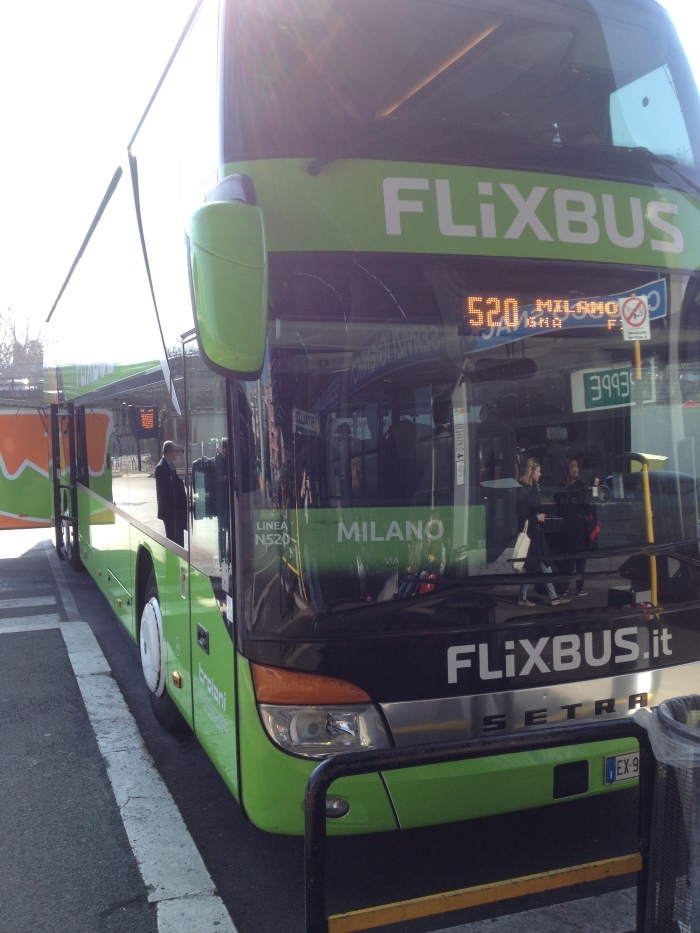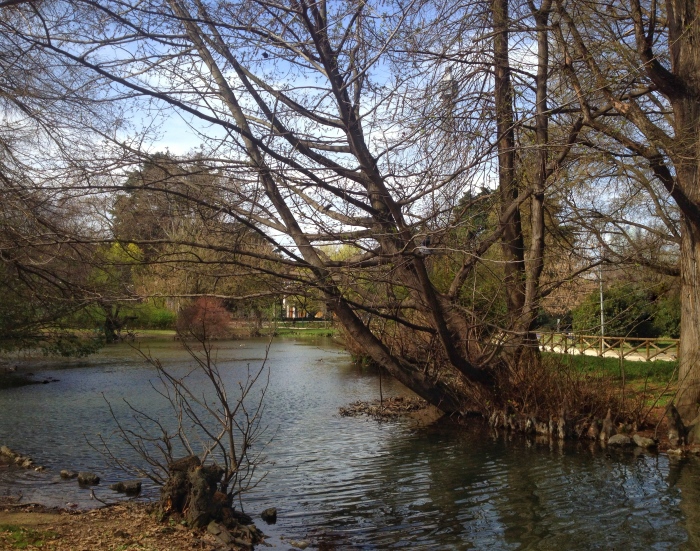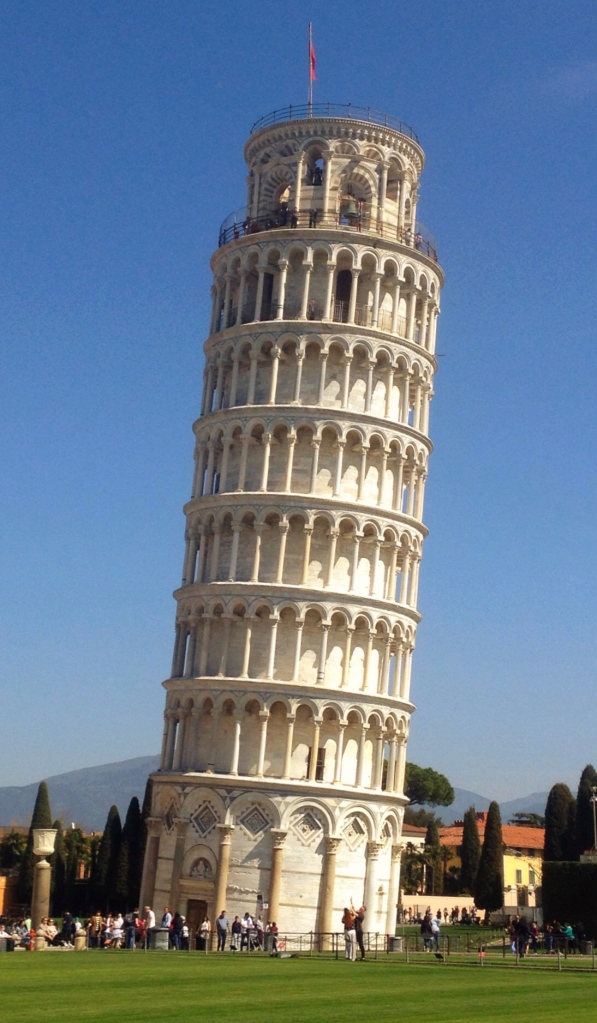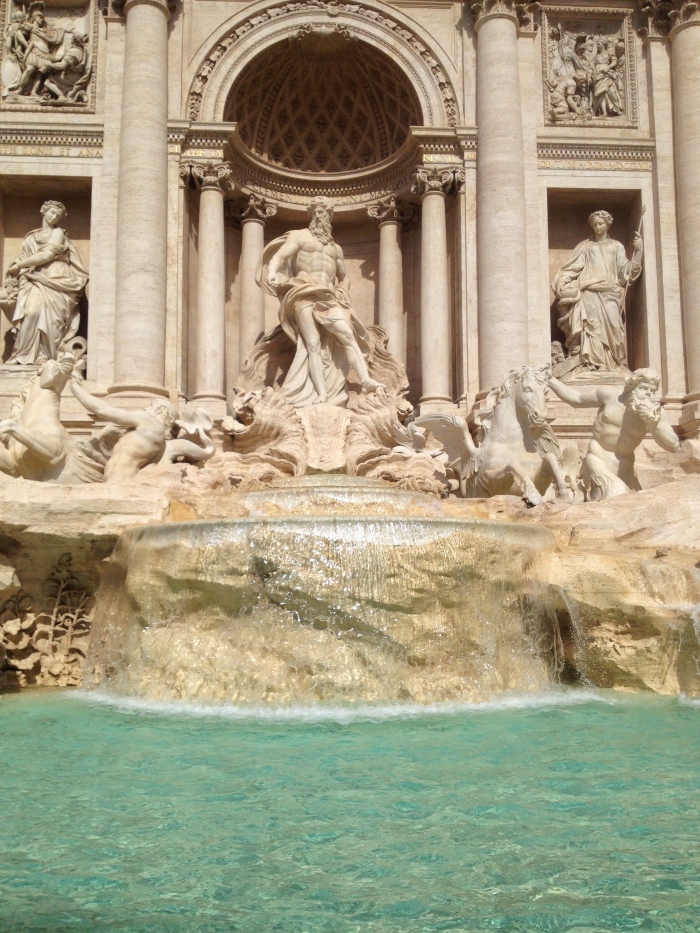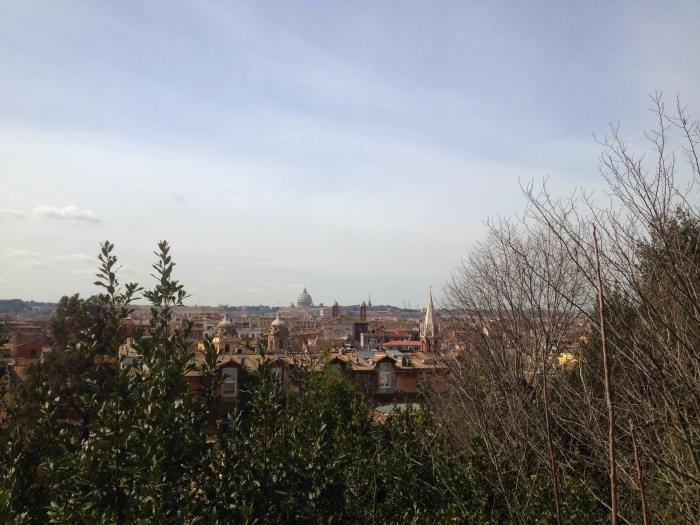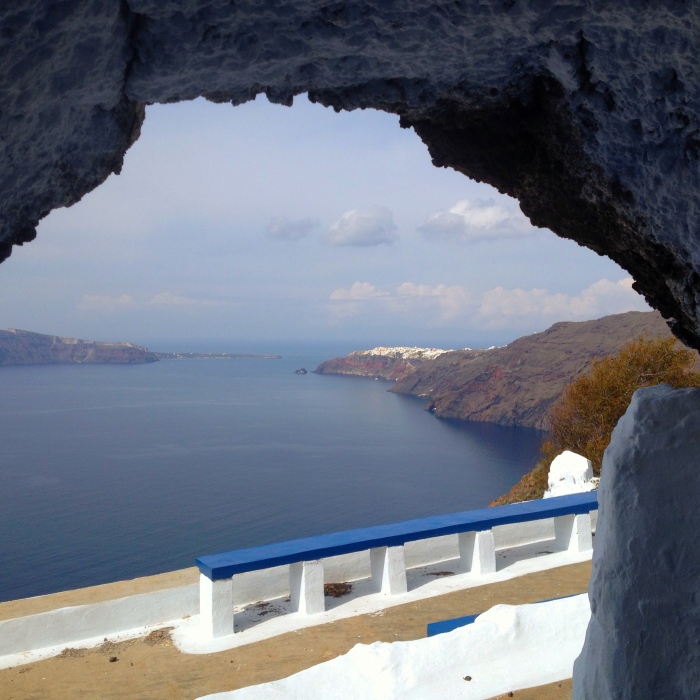I settled in Lille in May 2018, after living for 7 months in Valenciennes, 45 minutes south of Lille by train. I moved to Valenciennes from Scheveningen in the Netherlands, once my seasonal bar job came to an end, and a job opportunity in the travel industry arose. Valenciennes was a nice small town, but the commute to work was taking up a lot of my time, 3 hours of my day from home to the office and back again. Therefore I chose to move closer to the office and to the interesting city of Lille. Check out my previous post on how I got set up on the French system, and how to get insulin and diabetes supplies in France.

Being the capital of the Hauts-de-France region, Lille has great transport connections to the rest of France and Europe, with a high-speed TGV train line connecting Paris with Lille in one hour. This along with a Eurostar stop puts Lille at the center of a triangle connecting Paris, London and Brussels.
The old town (Vieux-Lille) has some fantastic French and Flemish architecture, with small cobbled streets, home to an array of branded shops. Down the rue de la Clef there are alternative clothes stores and music shops, all which lie behind colorful shop fronts. There are also many antique shops and small boutiques, as well as some great restaurants and bars. Being a university city there are a large number of students, over 110,000 in the metropolitan area of Lille, leading to an electric atmosphere in the evenings.
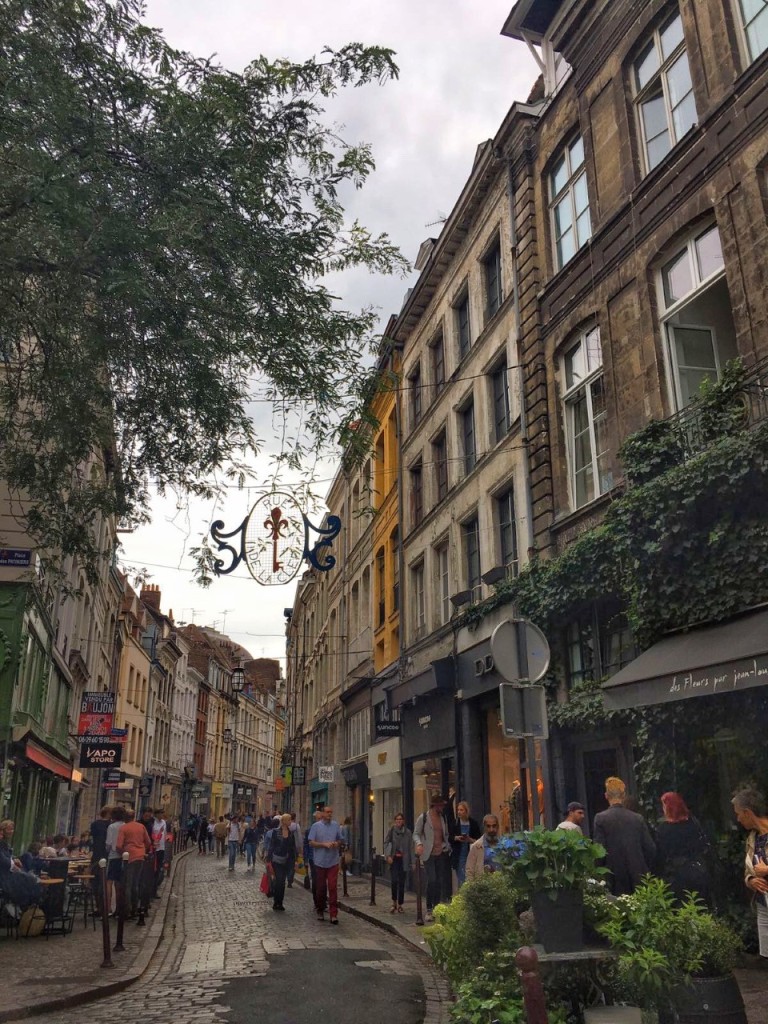
Out of the old town there are renowned art museums, such as The Palais des Beaux-Arts de Lille. This museum is dedicated to fine arts, modern art, and antiquities. The collection includes works by Raphael, Donatello, Rembrandt, Goya and El Greco. There is also more stylish shopping, churches with fantastic architecture and great restaurants and bars, my favorite being La Luck, with Brasserie-style dining and artisan beers. It has outdoor seating & a board game library upstairs, where you can play games as you eat and drink.

The main square of Lille, the Place du Général de Gaulle (Grand Place), is surrounded by many buildings with their beautiful facades, dating from the seventeenth century and the Flemish Renaissance. These include the Théâtre du Nord, La Voix du Nord, the Old Stock Exchange and Chamber of Commerce. In the center is the fountain with the Column of the Goddess.


Most places are closed on a Sunday, but a 10 minute walk from the main square, or a couple of stops on the Metro, is Wazemmes Market (Marché de Wazemmes). This is a large flea market open from 07:00 – 14:00 (not every day, these are the Sunday hours). Here you can spend your time exploring the interesting market where you can find, and taste, all sorts of local products. Like any market in a city, be aware of pickpockets.
Situated close to the city and accessible by foot from the center to the north, is the Citadel. You cannot enter the Citadel itself as it is still used as a military base, but the park and the moat that surrounds the building offers a lovely walk, and a nice place to relax in the sun away from the hustle and bustle of the city.

The Braderie de Lille is an annual street market/flea market, that takes place on the first weekend of September in the city center. The city is turned into a pedestrian zone with more than 10,000 sellers, and a seemingly endless line of stalls selling a wide variety of products and antiques. With so many different stalls and products, the Braderie is divided into areas by type of object being sold. A map of this is available to download a few weeks before the event. The traditional meal during the event is mussels and chips (Moules Frites). Nearly all of the city’s restaurants sell mussels during the flea market, accompanied by a local beer. It used to be that each restaurant participates in an unofficial competition to see which one is able to build the highest pile of empty mussel shells, but I’m led to believe that this no longer takes place. However I haven’t visited for a couple of years due to cancellations and moving away. The atmosphere is carnivalesque and in the evenings this turns more into a party atmosphere, with people lining the streets sampling a few too many of the local beers.
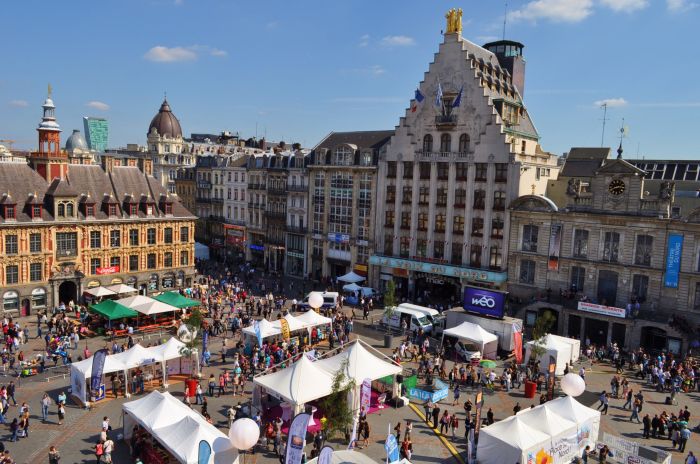
My time is Lille came to an end, as the company I was working for closed their office due to the COVID pandemic. Therefore everyone was working from home and they gave the option of working from anywhere in mainland France. Therefore I packed my bags and went to sunny Perpignan, at the foot of the Pyrenees and only a few kilometers from the Mediterranean Sea.
